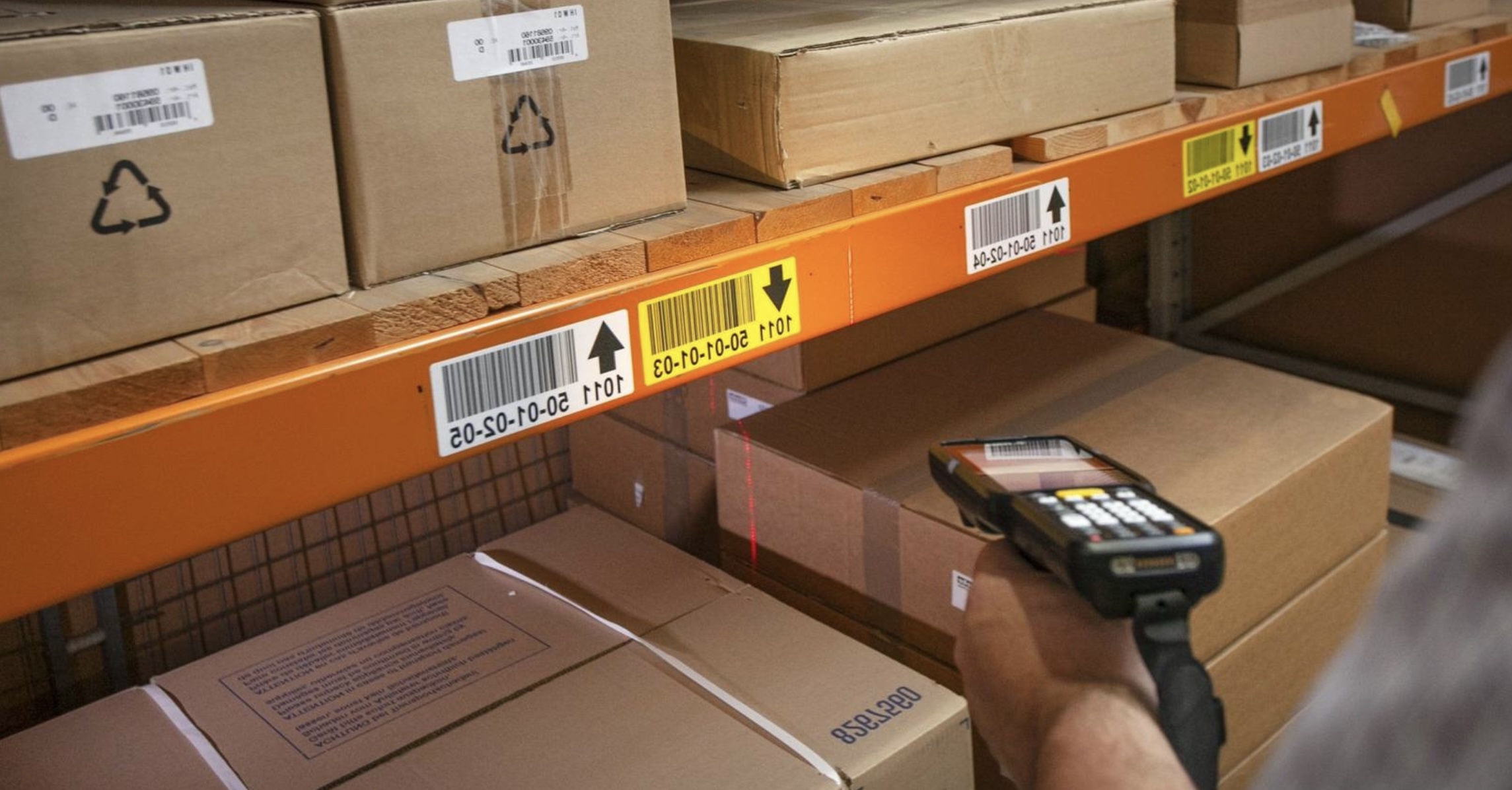All Blogs & Seller News
Difference between FNSKU labels and manufacturer barcodes on Amazon

Today, I want to shed some light on an important topic that can have a significant impact on our selling journey: the difference between FNSKU barcodes and manufacturer barcodes on Amazon. Understanding this distinction is crucial for ensuring smooth operations and compliance with Amazon’s requirements.
Let’s start with the basics. FNSKU stands for Fulfillment Network Stock Keeping Unit. It is a unique identifier assigned by Amazon to each individual product listing in their fulfillment network. When we send our products to Amazon’s warehouses, they require each item to be labeled with an FNSKU barcode.
On the other hand, manufacturer barcodes, such as UPC (Universal Product Code) or EAN (European Article Number), are the barcodes typically found on products when they are manufactured. These barcodes are assigned by the manufacturer to identify a specific product globally. They are used by retailers and marketplaces worldwide.
Now, you might be wondering why Amazon requires us to use FNSKU barcodes instead of manufacturer barcodes. The primary reason is to ensure accurate tracking and inventory management within Amazon’s vast fulfillment network. When we use FNSKU barcodes, Amazon can easily identify and track each unit of our product as it moves through their system. This allows for efficient inventory management, order fulfillment, and customer service.
Moreover, FNSKU barcodes help protect our listings from potential hijackers or counterfeiters. By using unique FNSKU labels, we can maintain control over our inventory and ensure that customers receive genuine products. This adds an extra layer of security and trust to our business operations.
So, how do we apply FNSKU labels to our products? When we create a new product listing on Amazon, we are provided with FNSKU codes that can be printed as labels and affixed to each unit. Alternatively, we can opt for Amazon’s FBA Label Service, where they apply the FNSKU labels for a fee. It is important to note that FNSKU labels should cover or replace any existing manufacturer barcodes to ensure accurate tracking within Amazon’s system.
Now that we understand the importance of FNSKU barcodes, let’s address a common question: What about products that already have manufacturer barcodes? In such cases, Amazon requires us to either cover the manufacturer barcode with an FNSKU label or have a unique product identifier (such as a UPC or EAN) registered under our Amazon account. By registering the unique product identifier, we can leverage the “Stickerless, Commingled Inventory” program, which allows Amazon to track and identify our units without the need for FNSKU labels. However, it is worth noting that using FNSKU labels provides better control and visibility over our inventory.
I hope you found this article helpful. If you are experiencing issues with your Amazon Seller Account and your Seller Account already received a warning or is under a review, I can assist you and help you resolve the matter.
In order to receive a professional advice and get help with your Amazon issue, feel free to subscribe and reach out through my dedicated assistance help page at www.onlyfans.com/kikaangelic, where I provide help with Amazon related matters in exchange for a small $24.99 fee.
If you have an Amazon-related issue, feel free to join and post into my large Amazon Seller Performance – Friendly Advice – Worldwide Facebook group, where you will be very welcome.
Many Amazon sellers recently started trading stocks and crypto currencies, hoping to diversify their income, which is a very good idea with all the uncertainty which comes with the platform. For this reason, we launched a new Facebook group, Crypto Arbitrage Income (Bitcoin, Crypto, Altcoins, Blockchain, Trading) – feel free to join us and forget about the troubles of selling on Amazon for a moment!
Additionally, here you can watch my YouTube video, where I am presenting you several secret tips about appealing Amazon Seller Account suspensions (don’t be confused by the opening of the video, where I am enjoying a vacation – it’s a part of the story):



You must be logged in to post a comment Login